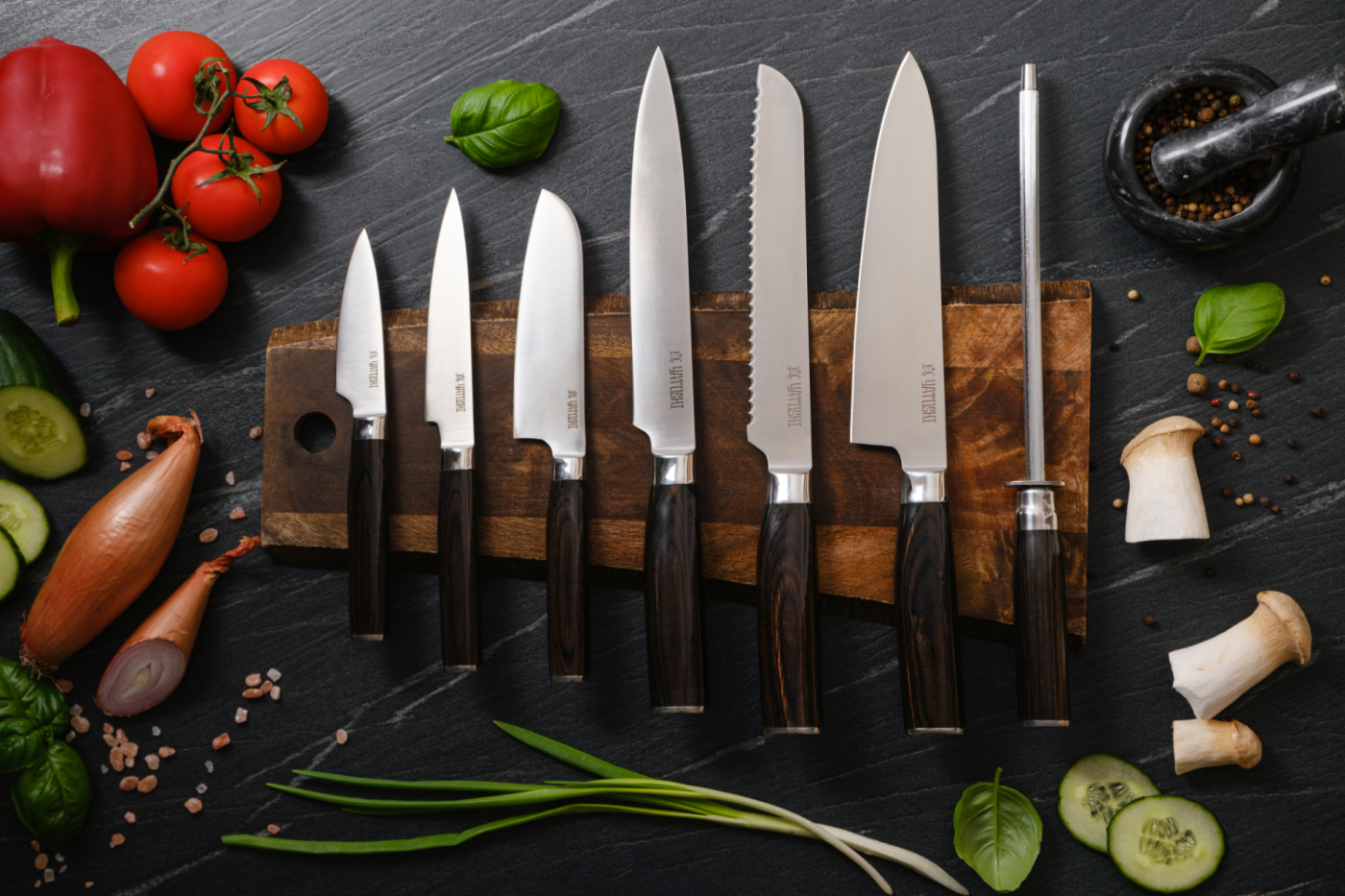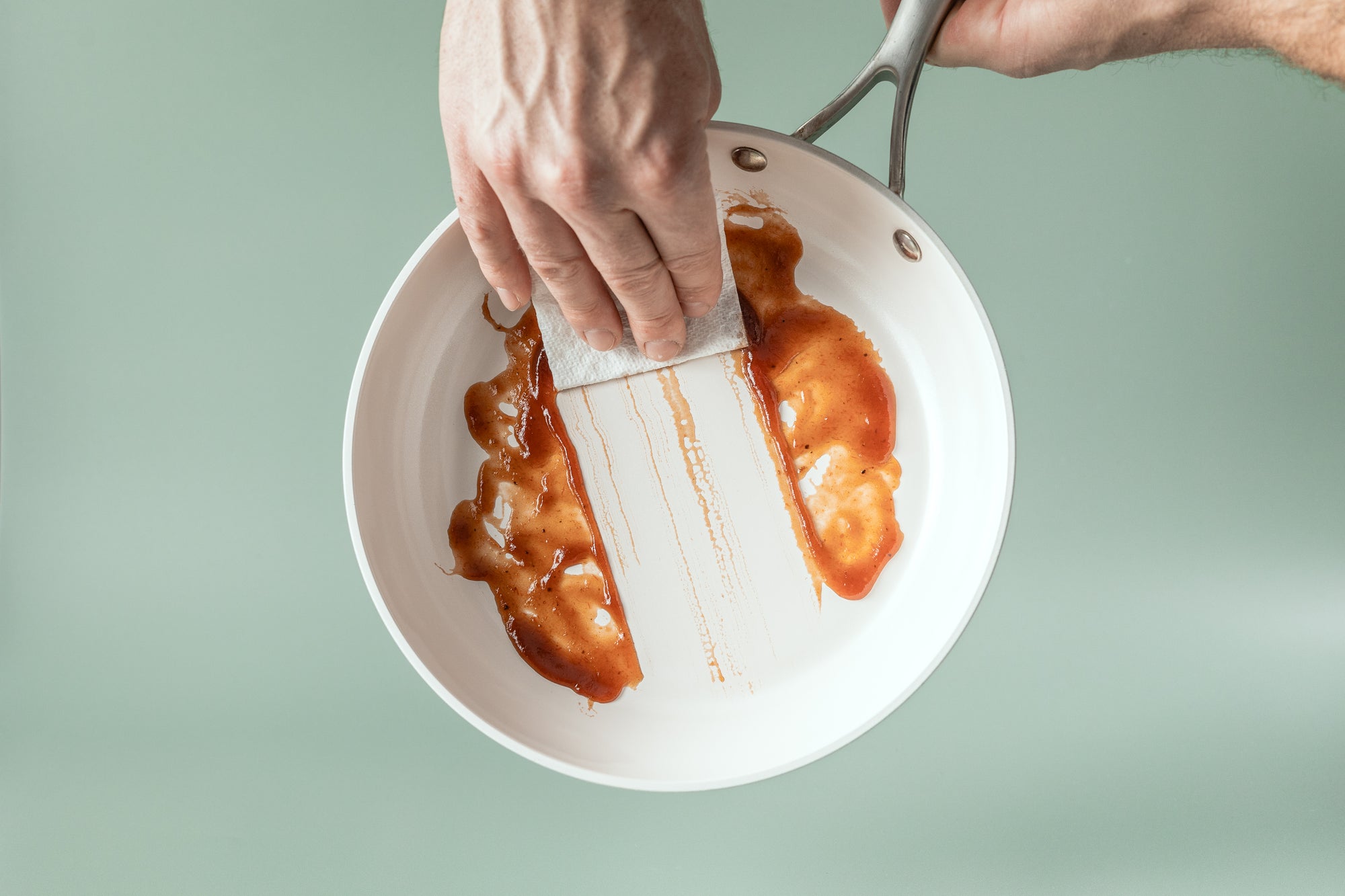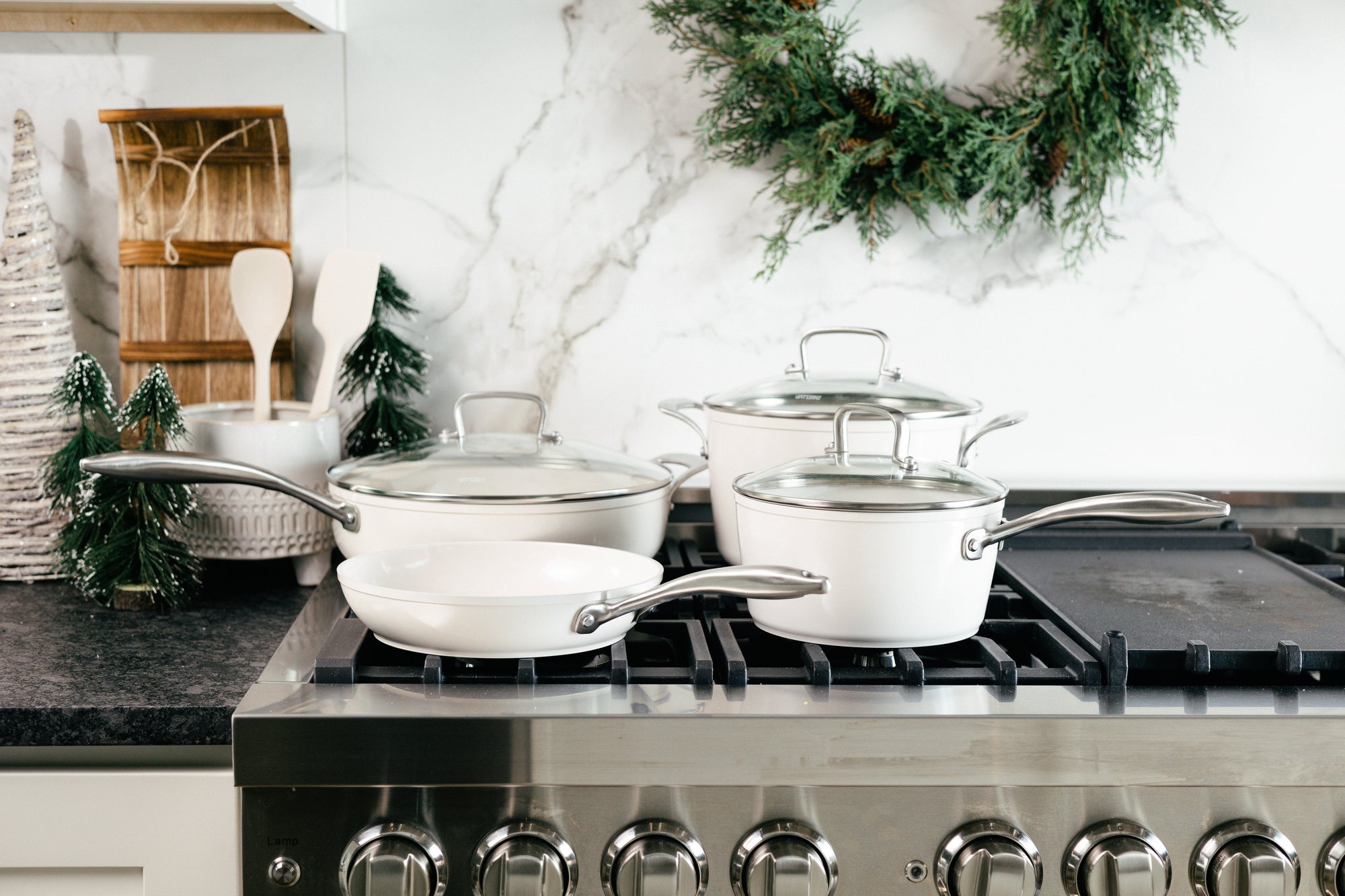Blogs

kitchen Knife names and uses
Ever found yourself puzzled by the array of kitchen knives and their specific purposes? This comprehensive guide breaks down the names and functions of different kitchen knives, making your culinary journey smoother. From the versatile chef's knife to the precise paring knife, each blade has its unique role in the kitchen. By understanding the names and uses of kitchen knives, you'll elevate your cooking skills and efficiency in the kitchen.

The Importance of Clean and Non-Toxic Ceramic Cookware
When it comes to cooking, the type of cookware you use can have a significant impact on both the taste of your food and your health. For a safer and more enjoyable cooking experience, it is important to choose cookware that is clean and non-toxic. In this post, we will discuss the benefits of using ceramic cookware and how to keep it clean and safe for use.
Why Ceramic Cookware is the Best Choice
Ceramic cookware is a popular choice among health-conscious individuals due to its non-toxic nature. Unlike traditional cookware made from metals like aluminum and steel, ceramic cookware does not contain harmful chemicals or metals that can leach into your food. Additionally, ceramic cookware is scratch resistant and does not react with acidic foods, making it a safer and healthier option for cooking.
How to Clean Ceramic Cookware
Keeping your ceramic cookware clean is important for maintaining its quality and preventing the growth of harmful bacteria. The following tips will help you keep your ceramic cookware looking and functioning like new:
Avoid using abrasive cleaners or scrubbers, as they can damage the surface of your cookware.
Clean your cookware after each use with warm water and a mild dish soap.
For stubborn stains or food buildup, try using baking soda or vinegar to gently scrub the surface.
Avoid putting your ceramic cookware in the dishwasher, as the high heat and harsh detergents can cause damage. In conclusion, switching to ceramic cookware is a simple and effective way to improve the quality of your cooking and protect your health. By following these cleaning tips, you can keep your ceramic cookware looking and functioning like new for years to come.

Your Ultimate Guide to Buying Cookware
Looking for new cookware — but unsure where to begin? Shopping for cookware can be overwhelming; there are many options, all made from a variety of materials. This comprehensive guide will help you understand the key differences between stainless steel, cast iron, and ceramic, so you can make the best decision for your cookware needs!

The Best Wood for Your Cutting Board
When it comes to finding the best chopping board for your home, there is so much more to consider than having it simply provide you with a flat surface to cut your meat and vegetables on. If you are looking for the best wood for your cutting board, then there are many different factors that you will need to consider.
